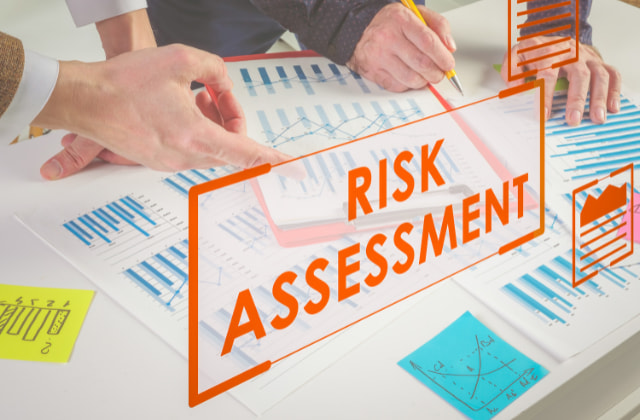The Critical Relevance of Risk Management in Getting Organizational Objectives
This is where Risk Management steps in, providing a structured technique to recognizing, assessing, and mitigating possible barricades to proceed. As we explore the vital function of Risk Management in attaining business objectives, one can not help but question: how does this equate right into real-world success?
Recognizing the Principle of Risk Management in Service

The Essential Function of Risk Management in Strategic Planning
Incorporating Risk Management into tactical preparation acts as a safeguard for organizations, securing their lasting plans with a strong foundation of preparedness and resilience. Risk Management uses a structure for expecting unpredictabilities and creating suitable feedbacks, making certain the company's survival and success even in the face of misfortune. By including Risk Management right into critical preparation, organizations can change these unpredictabilities right into chances for development and advancement.

Strategies for Identifying, Assessing, and Prioritizing Threats
Navigating the complex landscape of risks calls for the application of certain techniques for their identification, prioritization, and analysis. The procedure begins with Risk identification, using tools such as SWOT analysis, which aids in identifying potential hazards and opportunities. Next, Risk evaluation is carried out to ascertain the possible effect and possibility of each Risk. Tools such as Risk matrices and impact-probability charts are used for this. Dangers are focused on based on their possible impact and possibility, permitting organizations to focus their sources on high-priority threats. This systematic technique guarantees a comprehensive understanding of the Risk landscape, making it possible for organizations to make educated choices and efficiently manage threats to achieve their goals - importance of risk management.
Securing Business Procedures Via Reliable Risk Management
In the business landscape filled with uncertainties, efficient Risk Management plays a pivotal function in securing business operations. By identifying and examining possible hazards, Risk Management makes it possible for companies to establish robust backup strategies. Companies should spend in thorough Risk Management strategies site link to protect their procedures.

Converting Prospective Threats to Opportunities: The Power of Risk Management
While possible threats could initially look like obstructions to organizational success, effective Risk Management can change them into possibilities. A proactive method to risk Management entails discover this info here identifying, examining, and focusing on risks to create approaches that turn them into prospective advantages. This process requires the growth of a risk-aware culture within the company, encouraging individuals to check out threats as possible catalysts for modification and development, as opposed to simple dangers. importance of risk management. Via this lens, potential risks come to be possibilities to introduce, improve procedures, and reinforce resilience. Therefore, by leveraging the power of Risk Management, organizations can not only guard their operations however additionally stimulate growth and accomplish their goals in an uncertain business environment.
Situation Studies: Success Stories of Risk Management Driving Service Objectives
Successful application of Risk Management approaches has actually produced outstanding outcomes click this site in numerous companies, underscoring the values of this method. International business like Microsoft and Google, for instance, have leveraged Risk Management to decrease hazards and manipulate opportunities, driving their company objectives onward. These instances show just how successful Risk Management can not just guide businesses clear of potential challenges but likewise guide them in the direction of their critical goals.
Conclusion
Finally, Risk Management is essentially important in attaining business objectives. It provides a methodical strategy to recognizing, evaluating, and attending to possible threats and opportunities. Even more than just mitigating dangers, it likewise promotes technology, resilience, and sustainable growth. By incorporating Risk Management into tactical planning, companies can better browse unpredictabilities, secure procedures, and capitalise on opportunities, consequently lining up with lasting objectives.
At its core, Risk Management is the process of recognizing, analyzing, and resolving possible threats that might negatively impact a company's procedures or goals. Next off, Risk assessment is performed to establish the prospective impact and chance of each Risk. Dangers are focused on based on their prospective impact and chance, enabling organizations to concentrate their resources on critical dangers. By identifying and analyzing prospective dangers, Risk Management allows companies to develop durable contingency strategies. A proactive approach to risk Management entails determining, analyzing, and prioritizing risks to create strategies that transform them into prospective benefits.